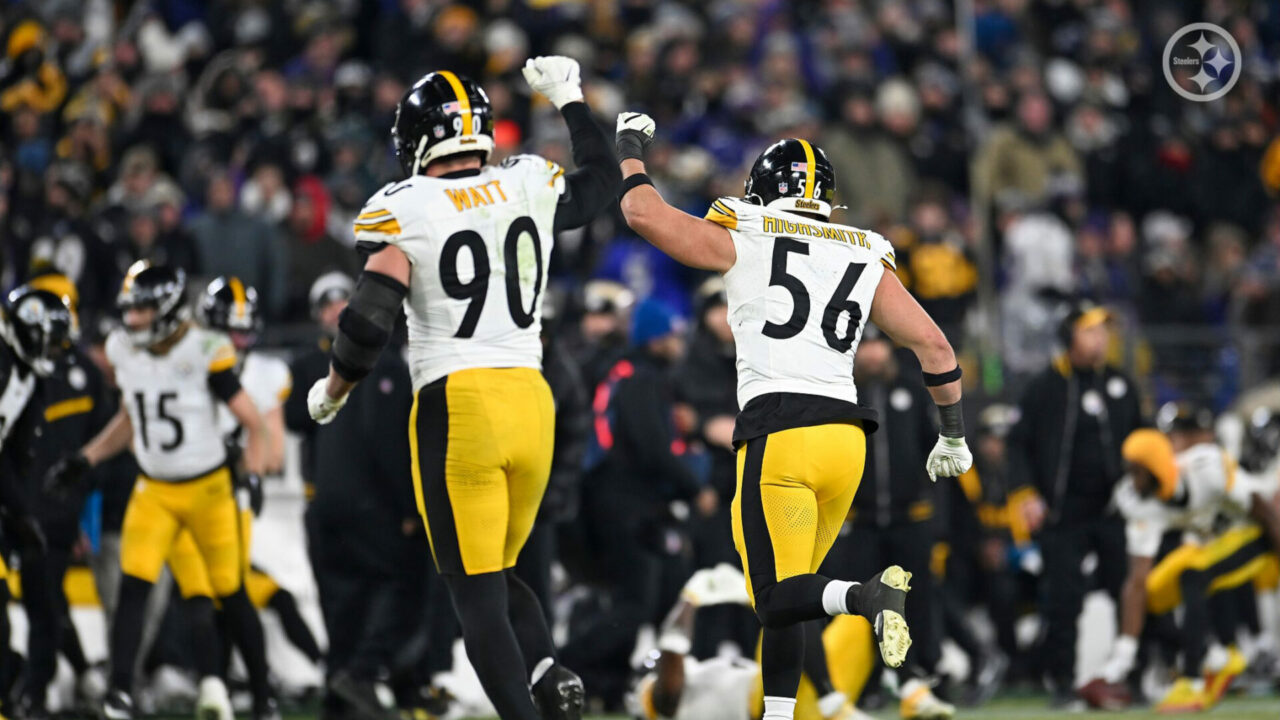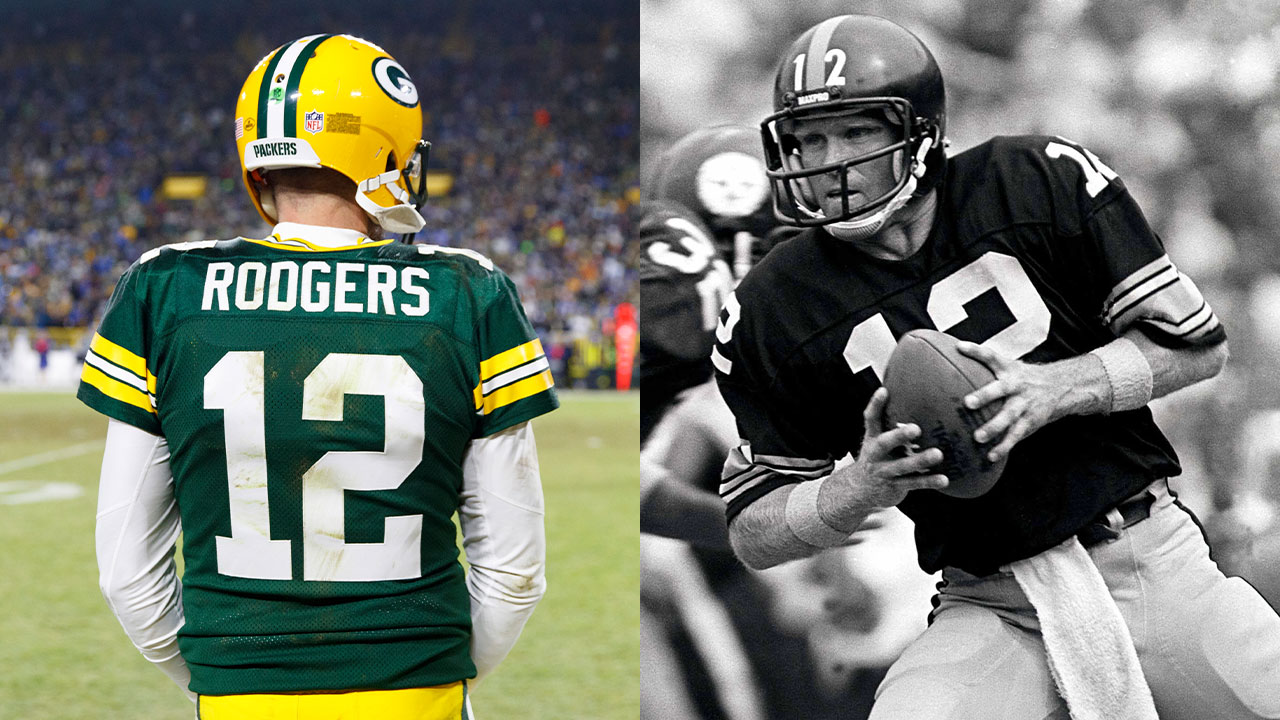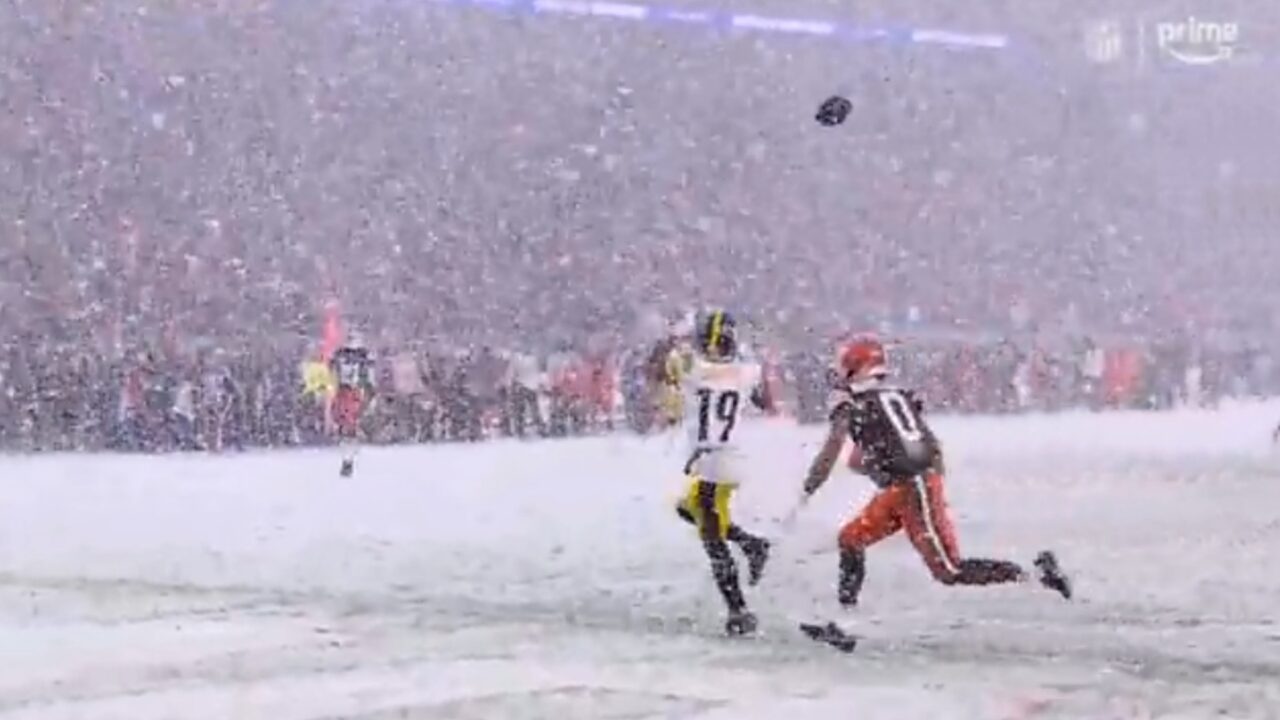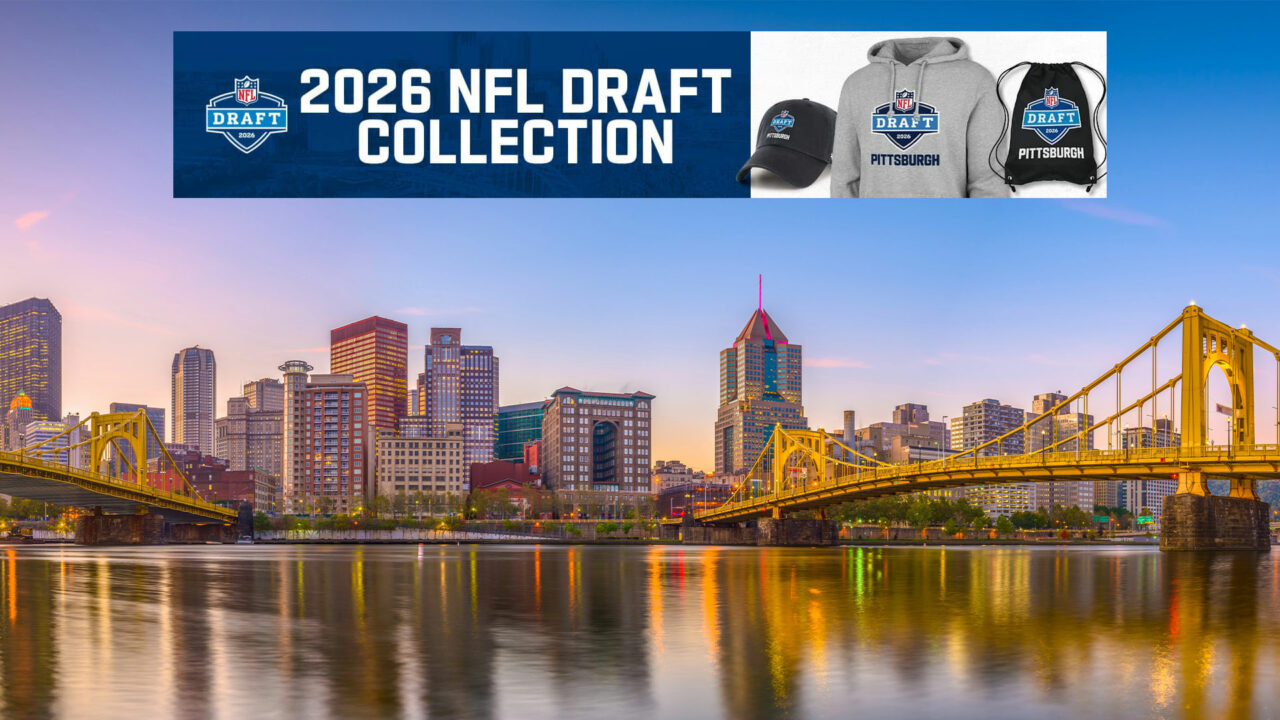How far up the depth chart does Eli Rogers climb?
Eli Rogers has created quite a buzz among Pittsburgh Steelers fans this preseason, with a strong work ethic that has translated to on-field success. The main question surrounding the second-year wide receiver isn’t if he makes the team, rather, how he will be used when he makes the team.
Entering training camp, the Steelers had 11 receivers on the roster. It wasn’t a given that Rogers could have a clear path to make the 53-man roster, with Pittsburgh having selected another wideout in the 7th round (Demarcus Ayers) and some returning faces (Shakim Phillips) posed to make their claim toward a roster spot at a crowded position.
With Phillips released (due to injury,) Martavis Bryant suspended for the season, and up/down play from others competing for time, Rogers could be used quite a bit. Here are some scenarios where Rogers could fall, or climb, up the Steelers depth chart.
Antonio Brown
Is there a better example for Rogers to emulate? Brown, a 2010 sixth round draft choice, out of Central Michigan, found himself entering a crowded field of established Steelers receivers such as Mike Wallace, Hines Ward, and Antwaan Randle El, while also competing for time and targets with fellow 2010 draft pick, Emmanuel Sanders (who was taken in the third round, 3 ahead of AB.)
Sanders would be targeted 50 times to Brown’s 16 that season: both receivers were essentially fourth and fifth on the depth chart that year. The following season, Brown would continue returning kicks and punts, while seeing more time due to Sanders battling various minor injuries. Antonio would go on to become the first player in NFL history to have more than 1,000 yards receiving and returning in the same season, and earn his first Pro Bowl selection (as a punt returner.)
The rest of Brown’s history is well-known; he earned a long-term deal over Mike Wallace, and has gone on to become one of the most dynamic players in the league.
So how does Rogers fit into Brown’s history? For starters, Rogers was an undrafted player out of a smaller Division 1 college program (Louisville) in much the same way AB was passed on until the sixth round. While Rogers was originally in camp last season, and was hurt before having a shot at making the team, his path is similar in that the Steelers are loaded at the position: the timing of Rogers’ injury may have benefited him, as Bryant leaves an extra spot on the roster that otherwise would not be there.
Rogers making the 2016 team, as the 5th receiver on the depth chart, would put him in the same position Brown entered the league. With an emphasis on removing AB from punt return duties, Rogers has found himself as the “first man up” to replace the Pro Bowler: yet another path that could see the shifty Eli make a splash, in much the same way Brown did before him.
If Eli makes it as Antonio’s special teams successor, the versatility may earn him some additional looks in the traditional passing game as well.
Justin Brown
Rogers wasn’t the first, nor will he be the last player, with camp buzz surrounding them.
Justin Brown, like Antonio Brown, was also a sixth round draft pick, taken by the Steelers in 2013. Like Antonio, Justin was the second receiver taken by Pittsburgh in that draft, with Markus Wheaton selected in the third round (also 3 rounds ahead of Justin.)
However, there would be no Cinderella story for this other “sixth round Brown,” despite a golden opportunity in 2014. After losing Sanders, and Jerricho Cotchery to free agency, Pittsburgh drafted Martavis Bryant, and signed Lance Moore, during the offseason. Both receivers battled injuries throughout the preseason, which opened the door for Justin Brown to get more reps in those exhibition games. With Moore sidelined to start the regular season, and Tomlin easing the rookie Bryant into the lineup, JB would appear in 8 games for the Steelers, catching 12 passes on 21 targets.
Brown showed some promise, but had his fair share of struggles: dropping key passes, making miscues on routes, and missing blocks. An untimely fumble likely sealed his fate: by the time Moore and Bryant were ready for action, Brown became expendable. Justin would be released following the season. He would be signed by the Buffalo Bills, but failed to make it off of their practice squad.
Rogers could easily follow the same path as this Brown. He’s showing a lot of spark in the preseason absence of players such as AB and Wheaton, with 5 catches for 47 yards in 2 preseason games. Rogers has snagged a pass or others shouldn’t have caught, and has shown the ability to get open, running out of the slot.
Like Justin, Rogers could find himself playing significant time early in the season, as the Steelers sort out their depth chart.
Darrius Heyward-Bey, Sammie Coates
Unlike Justin Brown , Rogers will need to avoid small mistakes which could be afforded to higher draft picks and players with free agent contracts, such as Heyward-Bey and Coates. Yet, these two players could open the door for Rogers to find more repetitions.
DHB and Coates have been somewhat of a train wreck thus far in the preseason. Heyward-Bey has had trouble catching passes, a knock on him his entire career, though one could argue there’s a major difference between catching balls from Landry Jones, as opposed to Ben Roethlisberger. DHB is seeking to fill in for Martavis Bryant, much like he did in 2015.
Sammie Coates is also looking to fulfill the same role, but has been plagued with fumbles, and criticism about his physicality, early into the preseason.
Like 2014 with Moore and Bryant (when Justin Brown found playing time) Rogers could leapfrog Heyward-Bey and Coates, particularly with the Steelers having a need in the slot. Heyward-Bey primarily plays on the outside, while Coates is being tested as both a slot and down-the-numbers receiver, much like Markus Wheaton.
Ladarius Green, Le’Veon Bell, and DeAngelo Williams
Two other names may or may not chew some of that playing time out of the slot position: Green and Bell.
Bell has seen his fair share of targets in the Steelers offense; in 2014, he was the 2nd-most targeted player behind Antonio Brown (105 targets to AB’s ridiculous 181.) Bell was targeted 26 times, catching 24 of those passes for 136 in only 6 games last year: Michael Vick and Landry Jones threw passes in all but roughly 4 of those quarters in which Bell played.
It stands to reason, when Bell returns, he will see similar production.
Bell’s backup, DeAngelo Williams, set career highs with 40 catches on 47 targets, but it’s Ladarius Green’s presence (or lack thereof) that may truly determine the use of receivers out of the slot. In San Diego, Green operated from the slot 66.1% of the time he was on the field: the 2nd-most of all tight ends in the league.
The 6-6, 240 pounder may be more of a replacement for the suspended Bryant, rather than the retired Heath Miller. Either way, both Bryant and Miller’s absence represent the 2nd and 3rd most targeted players in the Steelers passing game. This may cause some concern among the Pittsburgh faithful, yet, Todd Haley, Big Ben and company have traversed this problem before, when Sanders and Cotchery took similar numbers (and 16 touchdowns) to other teams following the 2013 season.
Ben has made great receivers out of just about anyone who’s stepped on the field with him, and if Rogers is more than capable mentally, his physical attributes may catapult him into another of a long line of “finds” at the wide receiver position for the Steelers.









